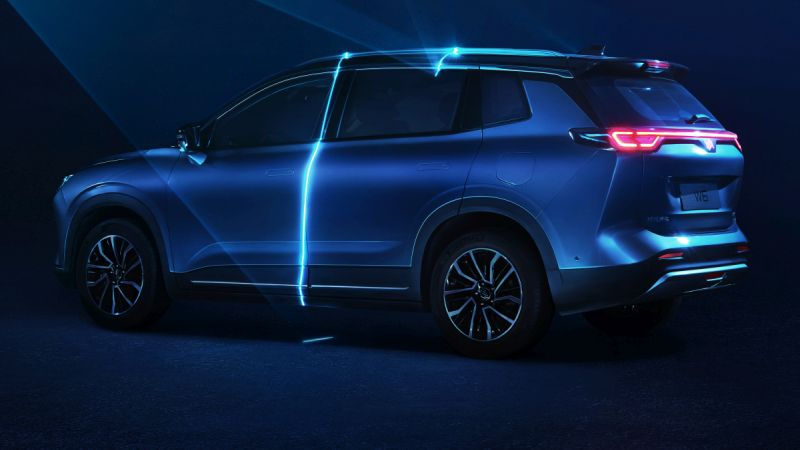Modern cars are not so easily called “smartphones on wheels,” because their functionality is largely determined by the ability of the software to work as part of a “living infrastructure,” which implies the presence of operating servers and applications. As soon as an automaker goes bankrupt and ceases operations, car owners begin to have problems with their cars.

Image source: WM Motor
The Rest of World resource gives a typical example of vehicles from the Chinese company WM Motor, which filed for bankruptcy last October. One of the owners of an EX5 electric car of this brand at one point was faced with the fact that the proprietary application on his smartphone stopped working, which made it possible to remotely control the charging process of the traction battery or adjust the climate system before the start of the trip. Even on the dashboard the mileage readings and indication of the state of charge of the traction battery have disappeared.
Other owners of similar electric vehicles have found that digital radio, which relies on internet streaming, has stopped functioning. In general, on-board multimedia stopped working properly after the company went bankrupt. The suspension of the VM Motor servers was temporary and resumed for some time. The on-board software of electric vehicles of this brand was no longer updated, and the proprietary mobile application even disappeared from Chinese software stores. Accordingly, owners of cars of this brand had to rely on already installed copies of the application, which would be able to work for an indefinite period.
China now has more than a hundred electric vehicle manufacturers, but since 2020, more than 20 companies have exited the market. The precedent with the manufacturer of futuristic electric cars HiPhi, which managed to sell only 4,520 cars in 2022, and suspended their production since February of this year in the hope of later finding an investor to continue operations, was widely covered in the press. The above-mentioned WM Motor managed to sell approximately 100,000 cars between 2019 and 2022. About 160,000 people now own electric vehicles from bankrupt brands, according to the China Automobile Dealers Association. Many are forced to rely on the used parts market as bankrupt manufacturers stop supplying them in new form.
Chinese laws oblige automakers to supply customers with spare parts for ten years, but for electric vehicles the problem of supporting the on-board software on which they rely heavily is becoming acute. With regard to software support, Chinese laws do not impose any obligations on automakers. According to experts, cars are no longer able to refuse to use complex and constantly updated software, which makes the consequences of bankruptcy of market participants deplorable for car enthusiasts. The problem is not limited to Chinese automakers, as startups are also going bankrupt outside the country. Owners of electric vehicles of those brands whose activities are financed by large investors are more protected from such difficulties. The latter is able to provide after-sales service even if the automaker itself leaves the market. Buyers are increasingly assessing such risks, and therefore are drawn to products from more well-known manufacturers, who are less likely to go bankrupt.